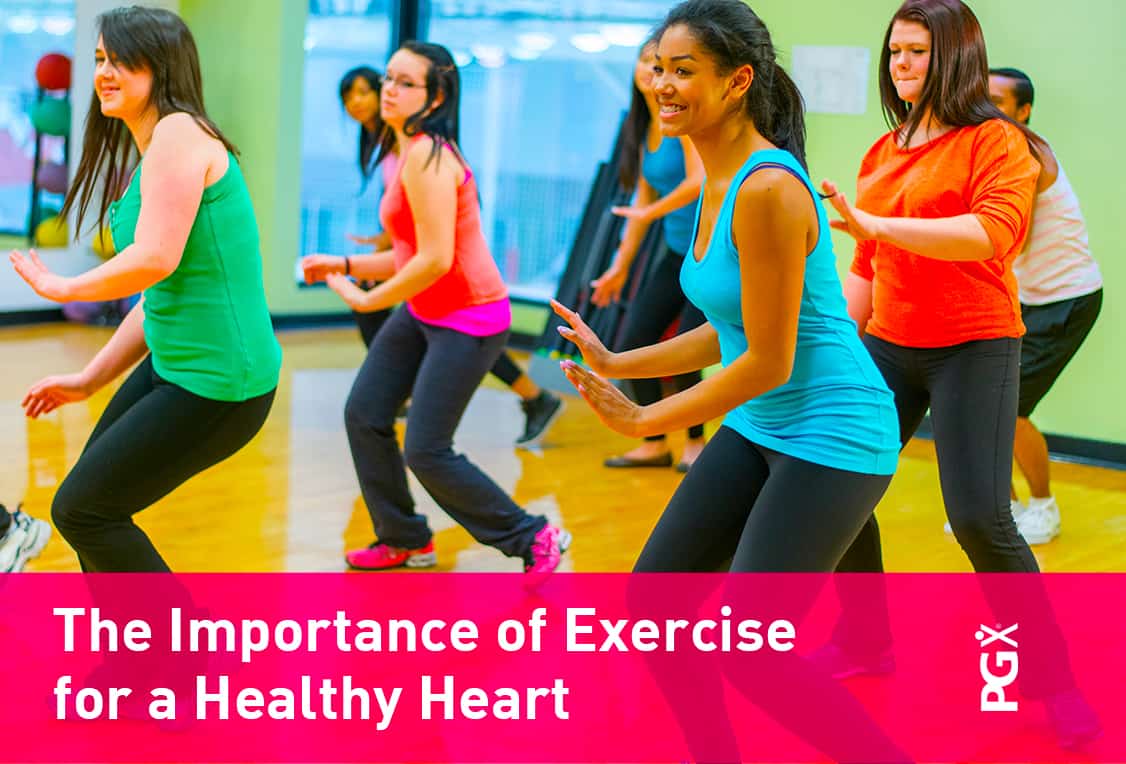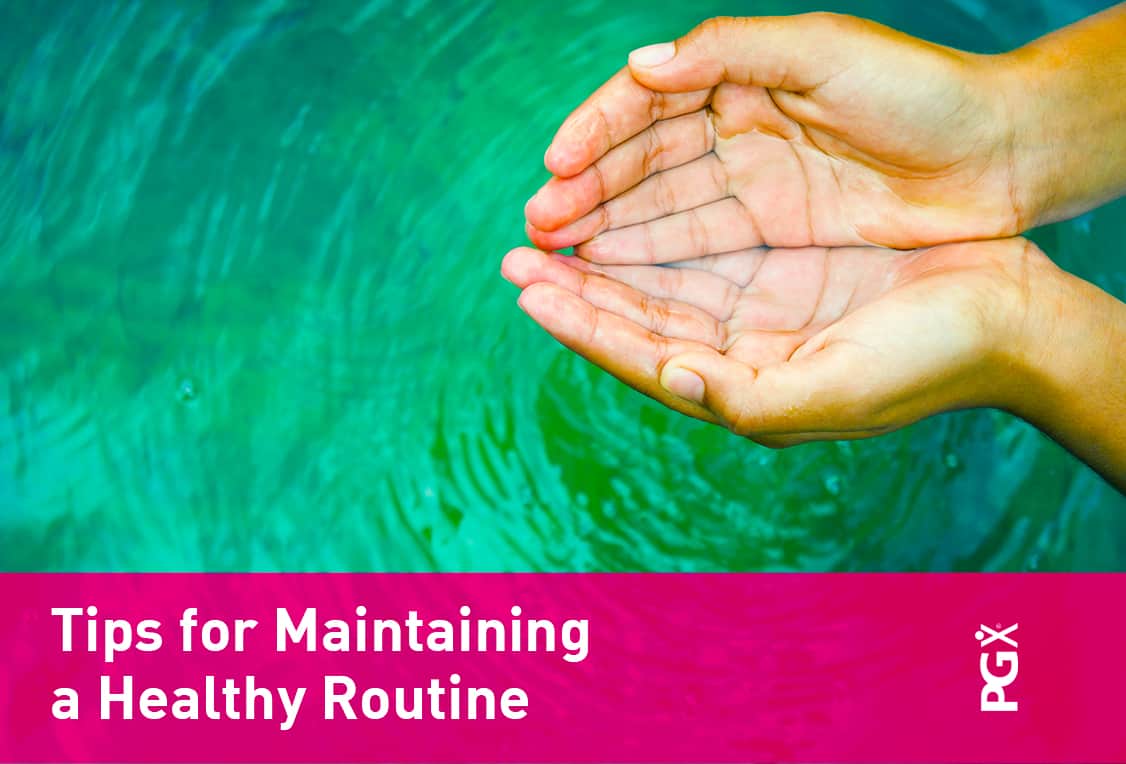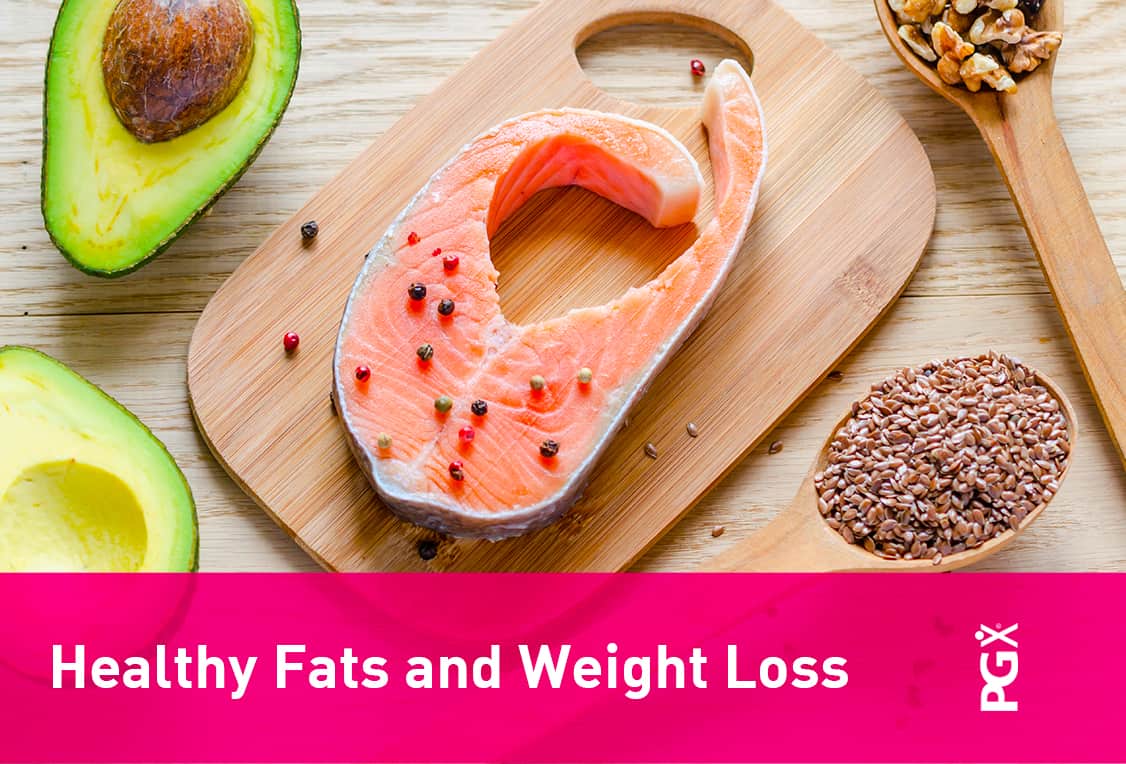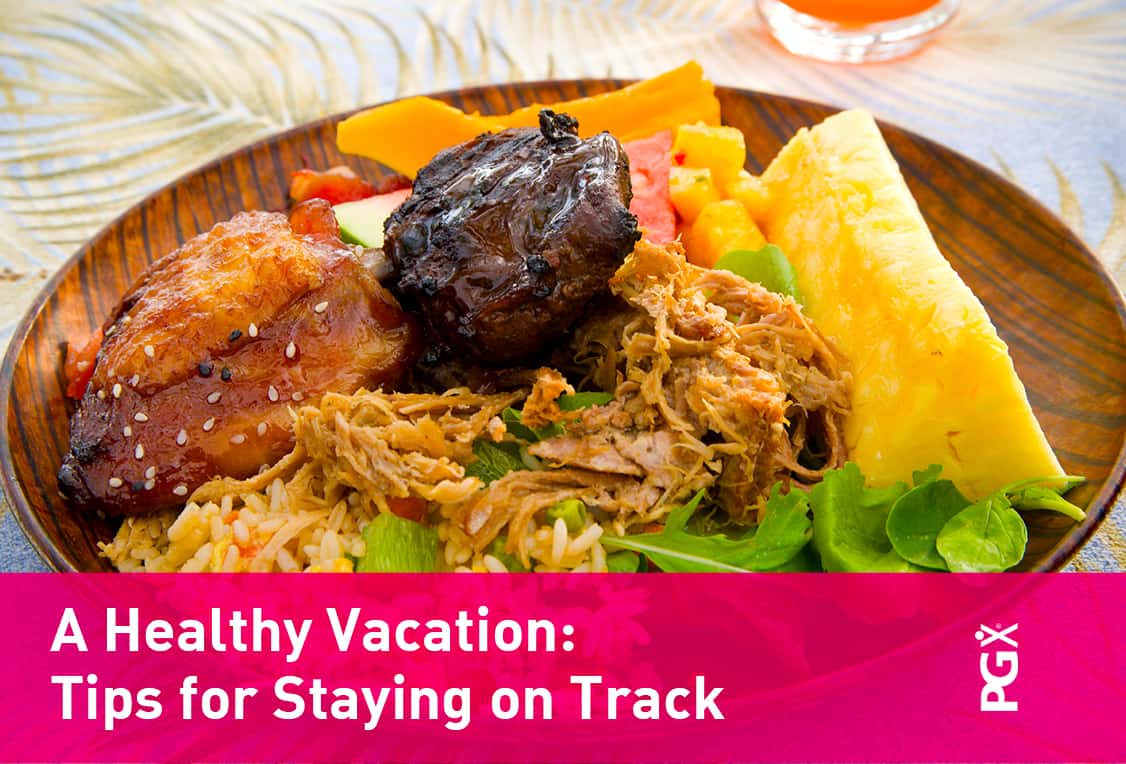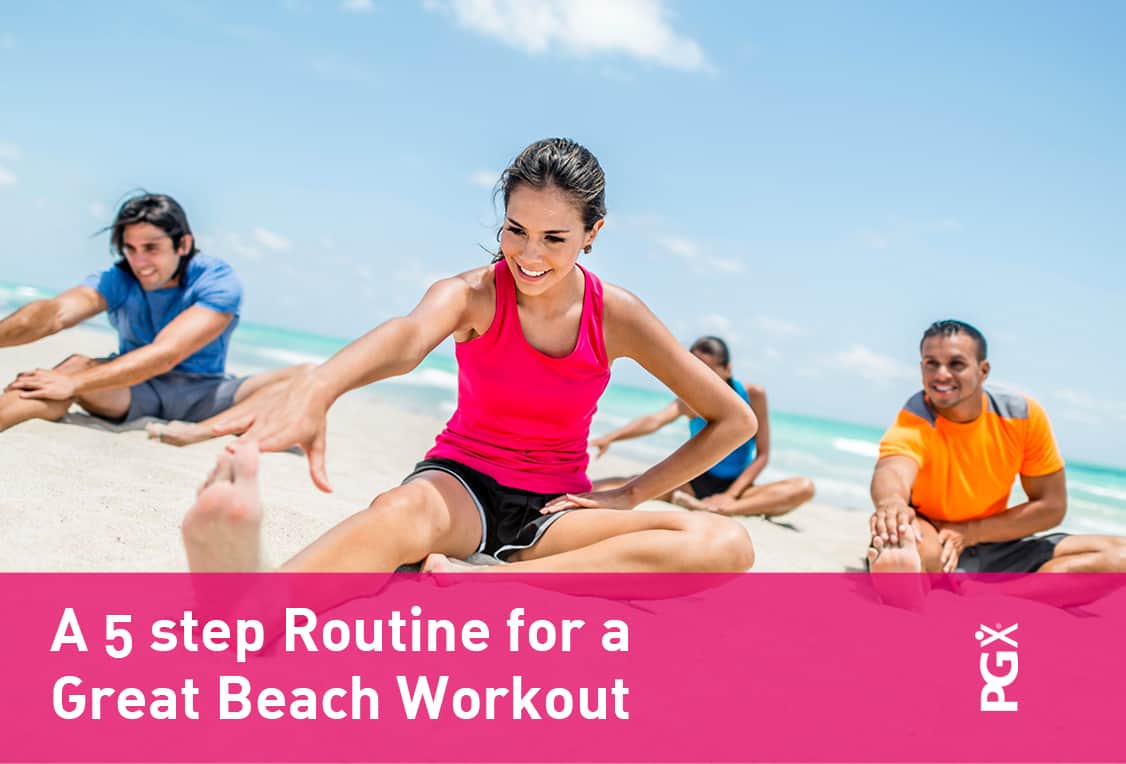The Importance of Exercise for a Healthy Heart
September 29th is World Heart Day – a good reminder for all of us not to take the health of our heart for granted. Clear winning strategies for heart health include staying physically active and eating a heart-healthy diet.
Being physically active doesn’t always have to equate to running marathons or even vigorous workouts – exercise comes in all shapes, sizes and levels! The important thing is to get up and moving every day.
Work Exercise Into Your Daily Routine
It might not be top of our minds most days, but the places we live and work are often built for efficiency rather than health. One look at a typical rapid transit system (Skytrain, El train, or subway) quickly reveals that not only do most people choose to use escalators and elevators, in some cases there aren’t even stairs available for the general public! These strategies certainly help get large numbers of people moving quickly, but they do nothing for building exercise into our daily routines.
Taking the stairs on your way to and from work offers a simple way to offset some of the risk of being sedentary for the bulk of the working day. Or, even better, skip the car or transit and cycle to work instead. Just 150 minutes of moderate exercise a week (which can be split into small chunks of just ten or so minutes) supports healthy heart function. Aim for 75 minutes of vigorous activity if you’re pushed for time!
I confess, I’ve never had a gym membership in my life, and the idea of running on a treadmill bores me to tears. Still, I rack up at least 15 hours of exercise a week simply by walking my dog, running almost all my errands by foot, hiking with friends and eschewing the use of elevators and escalators wherever possible. None of it feels like exercise, and yet it all helps keep my heart healthy, not to mention happy!
Find A Form of Exercise you Enjoy
If it’s been a while since you’ve been active, it’s understandable that you might feel anxious about starting to exercise more. Rest assured, exercise is great for helping you improve your energy levels, mood and overall health and well being. Some caution is certainly warranted, as is common sense, so if it’s been a few months or years avoid jumping straight into training for a marathon or lifting heavy weights.
Find forms of exercise that you enjoy, such as walking, jogging, playing soccer with the kids, skipping rope, swimming or even playing dodgeball – and go out and have fun! That way, it won’t feel like a chore and you’re more likely to stay motivated to achieve your health goals.
Exercise is a great way to:
- Support your heart
- Manage blood pressure already within the normal range
- Maintain a healthy body weight
- Support mood and self-esteem
- Keep everyday stress at bay
- Promote great sleep!
Be sure to talk to your health care practitioner to work out the best way to build more exercise into your day.
Exercise with Friends
If you’re struggling to find fun ways to exercise, try asking friends how they stay active and ask if you can tag along on a hike, bike ride, freshwater swimming excursion, or if you can borrow their dog a couple of times a week to go for a long leisurely walk. Or, check out your local community center and sign up for salsa, Zumba, Pilates or other class where you can learn new skills, get fit and make new friends.
Let us know in the comments what creative ways you’ve found to meet your weekly exercise goals!

